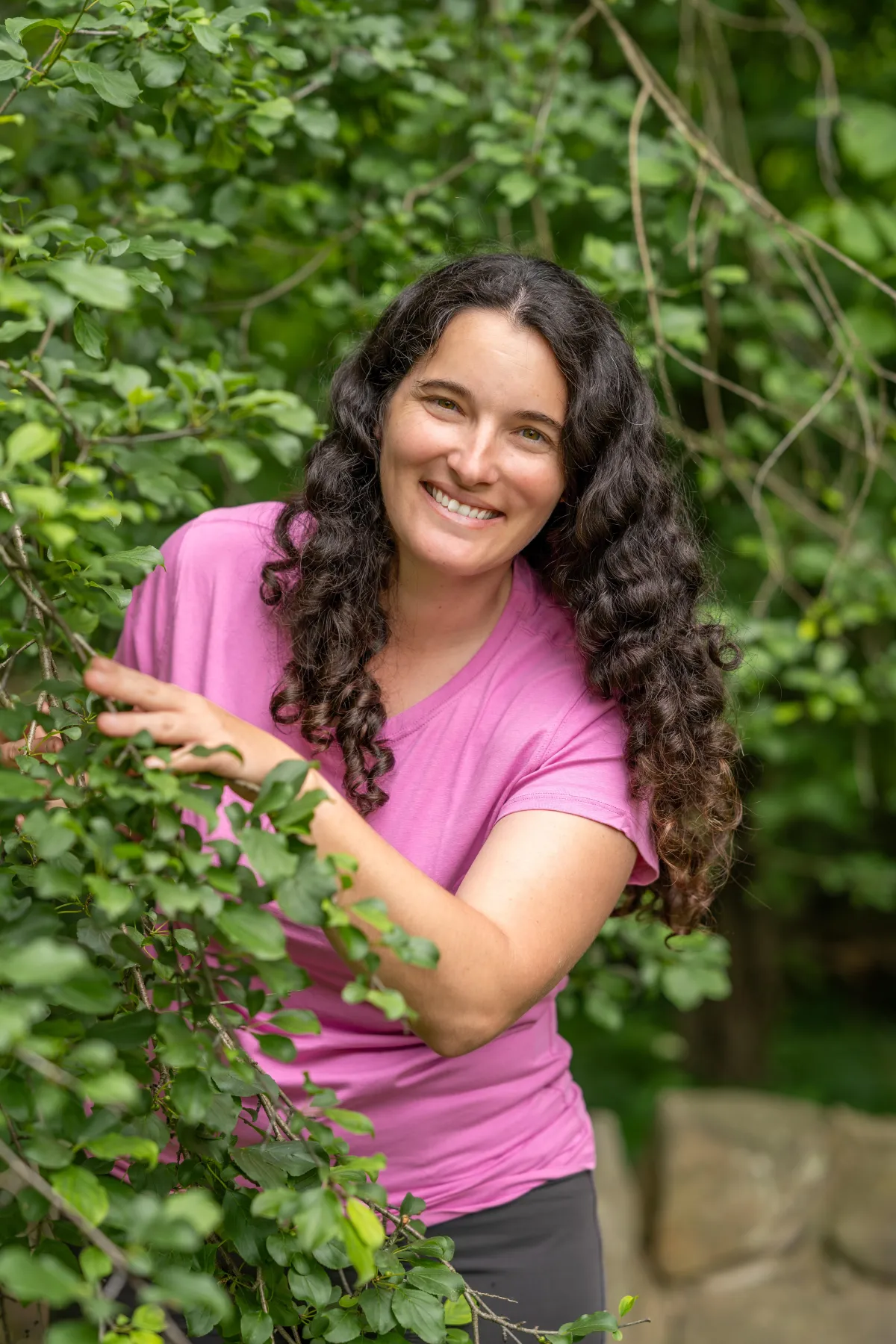
A Lifetime with Plants: How I Got Here
How I Got Into Arboriculture
By Tina L. Graver, BCMA, TRAQ
A question I hear a lot—especially after wrapping up a consultation—is:
“So how did you get into this?”
It’s a fair question. Arboriculture isn’t something people commonly choose as a career path, and most folks don’t meet someone with my background unless there’s a tree issue to solve. The truth is, this wasn’t a sudden decision—it’s something I’ve built toward since I was a kid.
Early Start: Foundation Beds and Mowing Routes
I started gardening early. One of my first projects was working in the front foundation bed at our house—just weeding, watering, and moving things around. I remember talking to my middle school bus driver about plants, and one day she gave me some irises she had divided from her own garden.
When I was 14, my dad built me my own garden in the backyard. I watered it so much one summer that the water company called to check if there was a leak. He never stopped me from experimenting or learning by doing.
By high school, I had three neighbors on my street who paid me weekly to mow lawns and maintain their beds. I didn’t think of it as landscaping at the time—it was just a way to earn money doing something I enjoyed. That early exposure to hands-on work is probably what shaped how I approach jobs today: steady, thorough, and informed by real observation.
College: Academic Work and Hands-on Learning
I earned a Bachelor’s degree in Botany from Ohio Wesleyan University. I chose botany because I wanted to understand plants at a deeper level—how they grow, what affects their health, and how they function in a system.
While I was there, I started a horticultural club. It wasn’t a huge group, but it gave students a chance to connect over practical plant knowledge, trade seeds, and host a few on-campus events. One of the things I’m still proud of is raising enough money to take the group on a field trip to the U.S. National Arboretum and the U.S. Botanic Garden in Washington, D.C.
I also had work-study jobs in both the campus greenhouse and the herbarium. The greenhouse work focused on propagation, plant care, and managing teaching collections. In the herbarium, I cataloged and mounted preserved specimens, gaining a strong foundation in plant identification and taxonomy. By the time I graduated, I had donated over 100 specimens to the herbarium, and I was awarded a plaque for my contributions to the department.
Those experiences confirmed for me that I didn’t just enjoy plants—I had a solid working knowledge and wanted to keep building on it.
Graduate School and Urban Ecology
After college, I earned a Master of Science in Environmental Science from Indiana University’s School of Public and Environmental Affairs (SPEA), concentrating in applied ecology. The program focused on how ecosystems function under real-world conditions, particularly in human-dominated landscapes.
Coursework in forest ecology, soil science, and land use planning laid a foundation that I still use today—especially when diagnosing tree health issues or assessing urban sites.
During grad school, I was selected as a teaching assistant for Wetland Restoration and Conservation Ecology. One of the professors told me I had excellent plant identification skills. At the time, I didn’t think I was doing anything unusual—I was just paying attention—but that feedback helped me realize that I brought something useful to the table.
I explored a few different directions during grad school—land management, environmental education, urban forestry—but I kept coming back to trees. They presented complex, site-specific problems that needed more than just textbook answers. That challenge appealed to me.
From Environmental Science to Arboriculture
After graduating, I worked in a mix of environmental and land management roles. Over time, I saw a gap in the residential space: homeowners were making important decisions about trees without access to reliable, science-based guidance. A lot of advice came from contractors trying to sell a job, not from someone who could take a step back and assess the situation objectively.
That’s what led me to earn my ISA certification and eventually pursue Board Certified Master Arborist (BCMA) status. I also completed my Tree Risk Assessment Qualification (TRAQ), became a Certified Treecare Safety Professional, and hold Ohio commercial pesticide credentials. These certifications back up the work I do—but more importantly, they ensure I stay current with best practices.
Why I Do This Work Today
I started Trees and Gardens Consulting, LLC to fill that residential gap. I provide site-specific, objective information—whether it’s a tree risk assessment, a pest diagnosis, a planting plan, or ongoing plant health care. I don’t sell removals, and I’m not incentivized to recommend unnecessary treatments.
I like this work because it’s both technical and practical. Every property is different, every tree is different, and every client has different goals. My job is to take everything I know—about soil, structure, pests, climate, and species—and translate it into useful, plain-language advice that helps people make informed decisions.
This line of work fits. It’s grounded in science, rooted in experience, and constantly evolving.
Closing Thoughts
So when someone asks how I got into this, the short version is: I’ve been working toward this most of my life. From the first flower bed I weeded, to the plant specimens I mounted in college, to the assessments I write today—it’s all part of the same path. It just happens to lead through a lot of trees.
